Flying south for the winter is what we may think of when someone says “migration.” But the truth is, most birds engage in one or more of several migration patterns in their lifetime. And some don’t migrate at all. Let’s go through the reasons and ways birds migrate.
Why Do Birds Migrate?
Why birds migrate can be boiled down to two reasons: they are looking for food or a place to nest. Most often, a change in weather will prompt them to search warmer climates for both necessities. Migration can occur in the fall, winter, spring, or summer.
Migration Distances
Roughly 40% of the bird population migrate. But they don’t all migrate the same distance when they do. Here are the two major types of bird migrations:
Long distance migration. This is the migration of thousands of miles. Most North American birds fall into this category, including geese, orioles, and flycatchers.
Short distance migration. This type of migration typically involves tens or hundreds of miles. Short-distance migrants include robins and waxwings.
Migration Patterns

Another major differentiator between migration types is the pattern a bird follows when migrating. Here are the most common types:
Latitudinal
Latitudinal migration moves along the latitude of the earth. This is the most common migration pattern for most birds. Weather is often the push for this type of migration. For example, some birds in the northern hemisphere fly south in search of warmer climates during winter.
Longitudinal
Longitudinal migration sees birds flying from east to west, or vice versa. This pattern of migration is less common than north/south migrations, but it does occur. Many European birds follow this pattern. In the US, many songbirds are adopting this migration pattern because of climate change.
Altitudinal
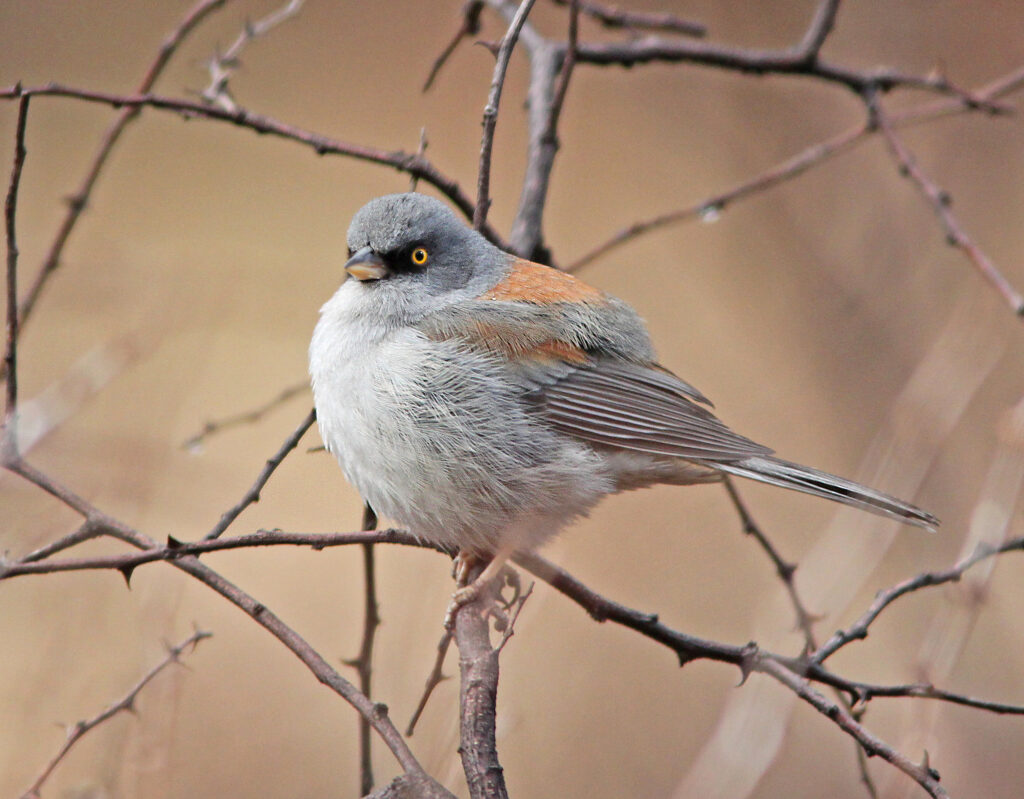
This type of bird migration moves from higher to lower altitudes. For example, birds may move from mountainous regions to lower valleys and plains in search of food and more temperate climates. Yellow-eyed Juncos, for instance, will leave the peaks of Arizona for the lower desert once winter snow arrives.
Seasonal
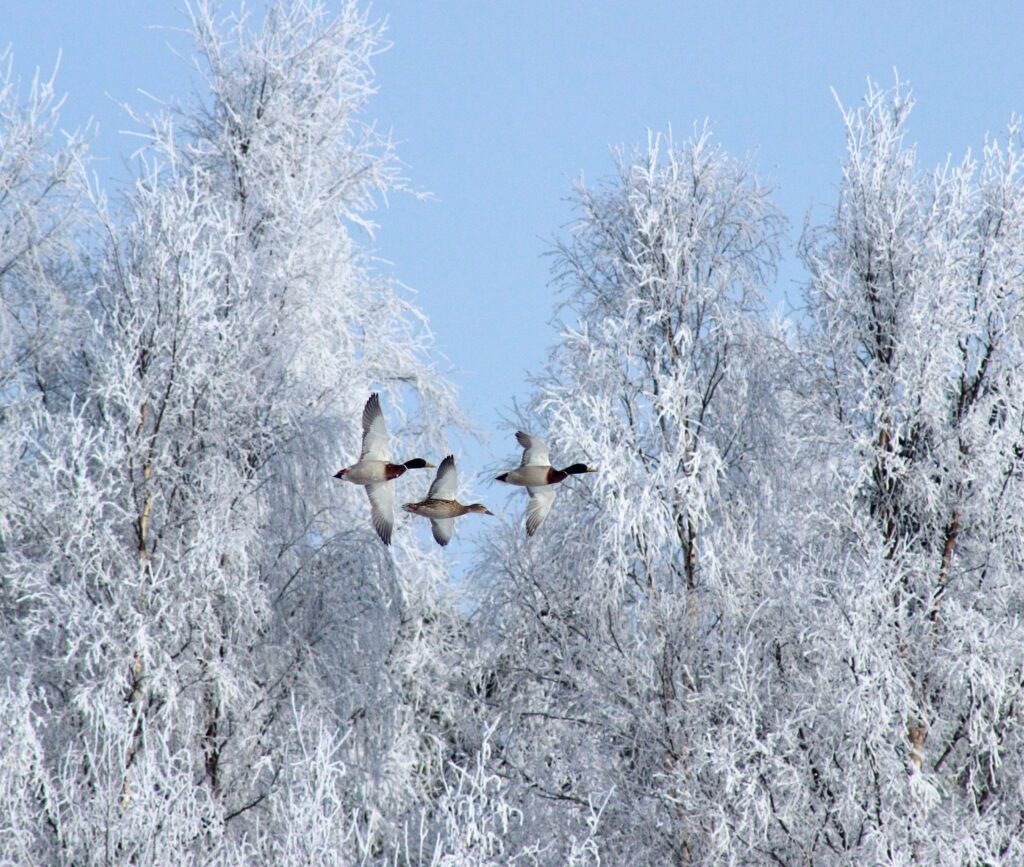
Some birds take their cue to migrate from the amount of sunlight, the temperature of the air, and the amount and type of natural food sources available. These seasonal factors trigger the migration instinct most often in winter conditions, though seasonal migration can occur at any time of year. A famous example of seasonal migration, Canadian Geese winter in the more temperate southern US, then fly north come spring.
Irregular
Also called nomadic migration, this type defines birds that migrate irregularly, based on the abundance or lack of natural food sources in their area. In essence, they follow the food—when it runs out, they go elsewhere. Blue Jays and Clark’s Nutcrackers are often among this lot.
Loop
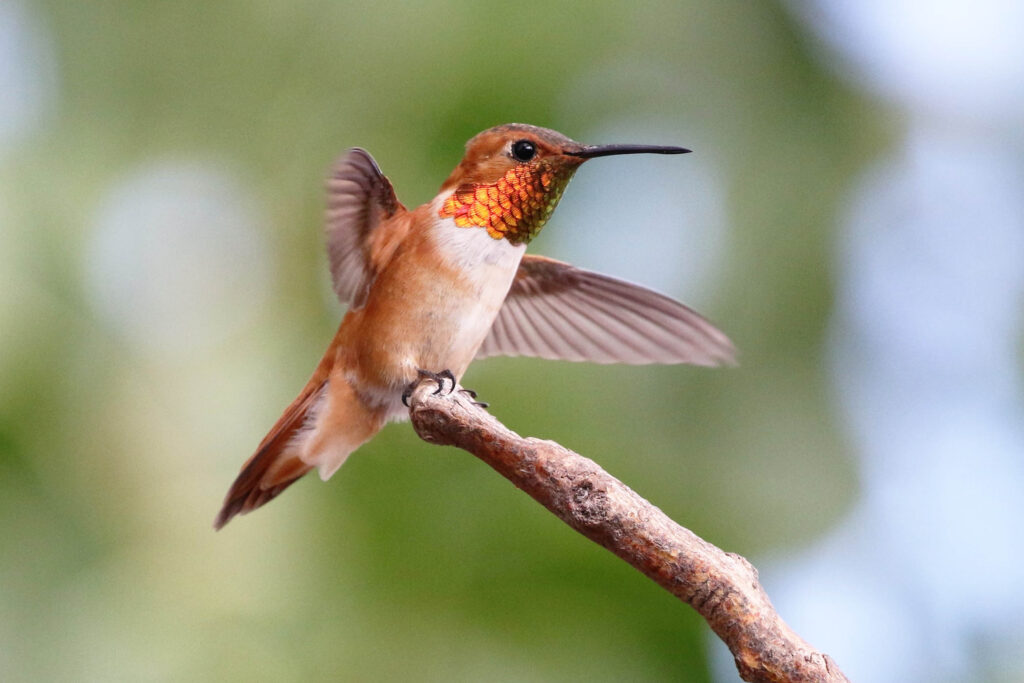
Some birds migrate via one route, then use another route to “loop” back at a different time of year. Many seabirds and shorebirds follow this migratory pattern. Another well-known “looper” is the Rufous Hummingbird, which migrates from Mexico to Washington and Canada via the Pacific Coast in spring, before traveling back south through Colorado’s Rocky Mountains.
Irruptive
The irruptive migration pattern is seen when birds migrate in search of food and water, often outside of their usual migration ranges. Most often, a large number of birds will migrate all at once in response to a shortage of food in their area. Bird experts even coin certain years “irruption years” (2020 was one), most of which can be linked to climate change.
Dispersal
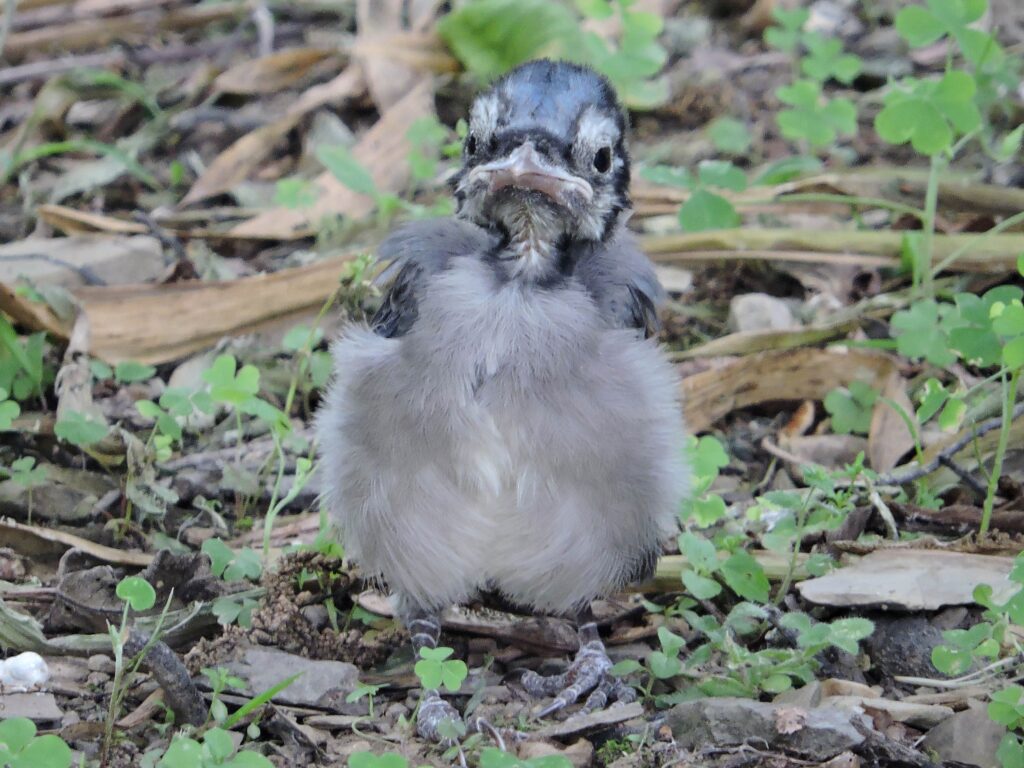
Though not a “true” migration in terms of distance, a dispersal occurs when bird parents force juveniles out of the nest to make their own way. There are no basement apartments in the bird world—youngsters are expected to find their own place once they’re old enough!
Leapfrog
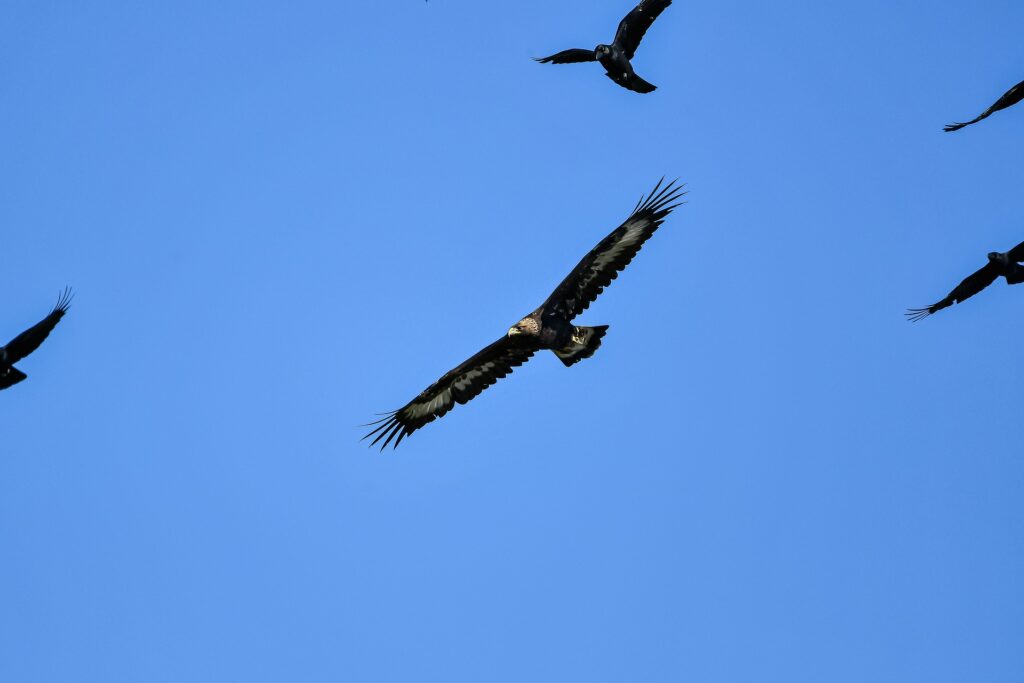
No, it’s not a children’s game: leapfrog is a migration pattern that occurs when birds migrate farther north or south than other birds of the same species, essentially “leaping over” them. Often the birds in the middle are either sedentary, or they don’t migrate as far as the leapers in either direction. Finches and starlings often follow this pattern, as do some Golden Eagles.
Reverse
Reverse migration is exactly what it sounds like—birds migrating in a reverse or alternate direction from their usual pattern. This can occur for a variety of reasons. A young bird may get confused their first time migrating, or a bird might be flown off course from a storm or other event. Unlike other types of migrations involving multiple birds, birds that engage in reverse migrations are typically on their own when they do so.
Molt
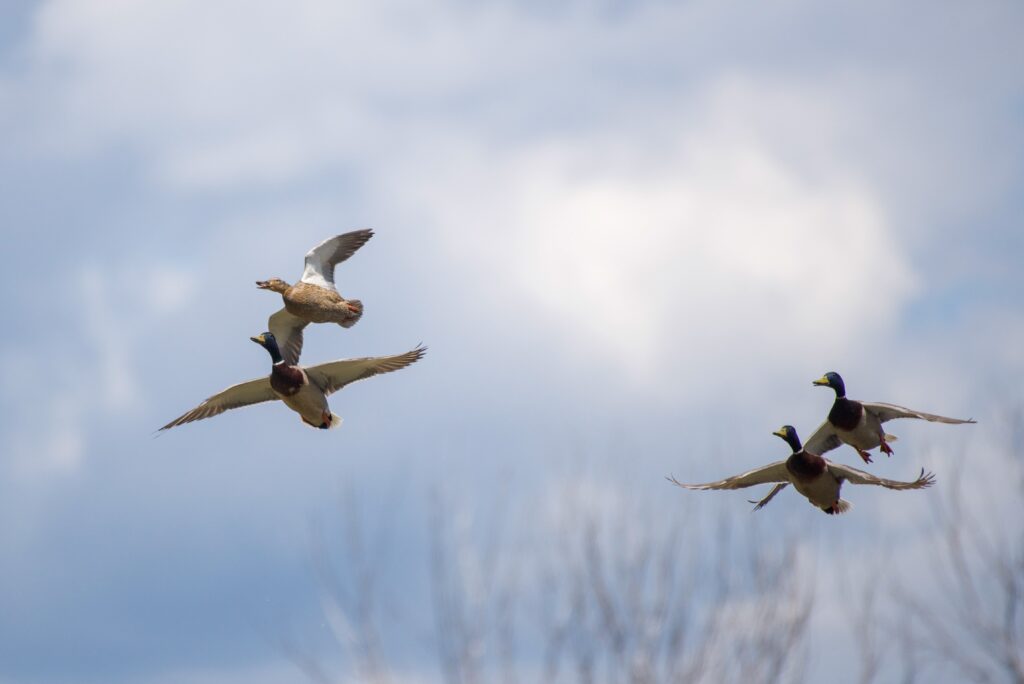
Before their yearly molting period—where they shed old feathers for new—some birds will temporarily migrate to a secure, safe place to “wait out” their new plumage. This is especially important for birds as molting renders them more vulnerable to the elements and to predators, since their lack of feathers hinders flight. You’ll see this type of migration with certain duck species as well as Western Songbirds.
Drift

Though rare, drift migrations occur when birds are shifted off course by storm winds. This is more common during coastal migrations, and often forces a large number of birds to change course and take a “detour” route to their destination.
What’s the Future for Migrating Birds?
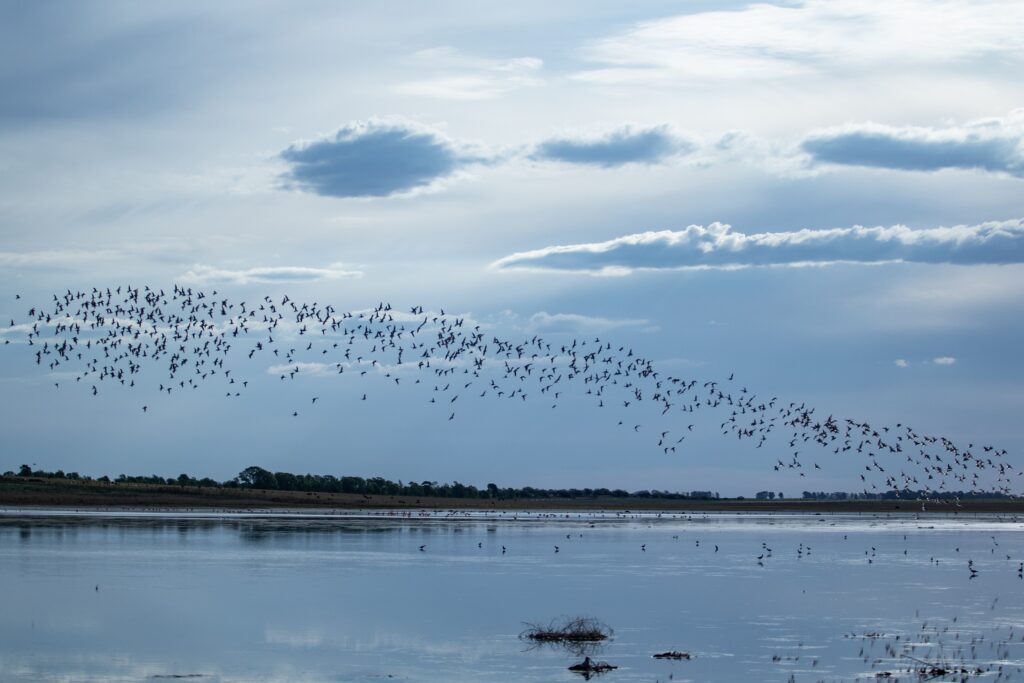
Did you know that climate change is disrupting bird migration? From millions of birds migrating earlier in the spring season to birds changing their fundamental migration pattern due to dwindling natural resources, the changes are noteworthy. Fortunately, there are many ways you can support your local bird population right from your own backyard. We also invite you to check out the free resources and expert bird advice on the Chirp YouTube channel, and join us for Chirp’s next live Bird Walk or Bird Talk.


